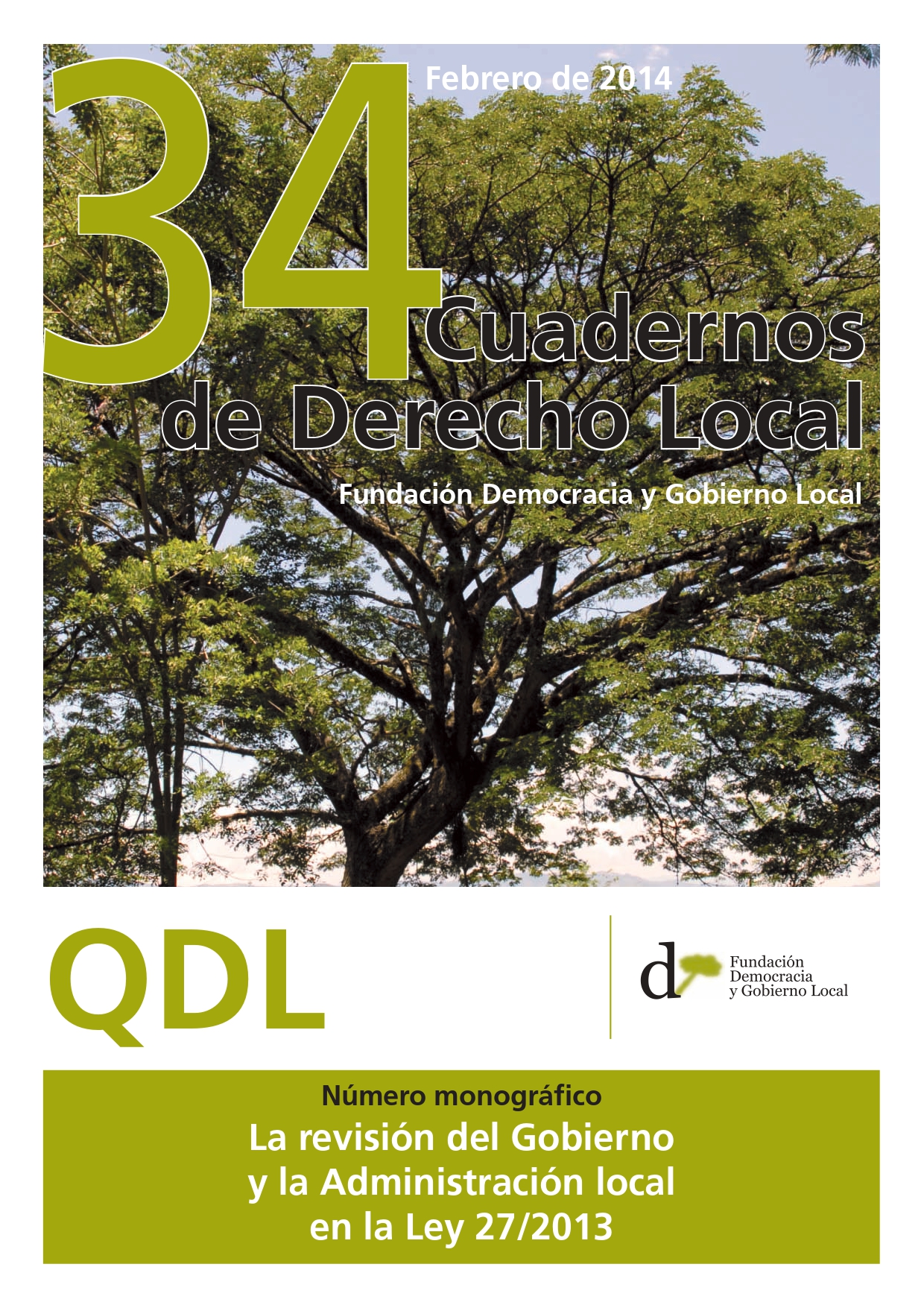La reordenación del sector público local
Contenido principal del artículo
La estabilidad presupuestaria se ha convertido en un principio rector clave en el funcionamiento de las Administraciones Públicas, con el objetivo último de eliminar o reducir a unos términos razonables el déficit público. La Administración local no puede permanecer ajena a esta realidad, y de ahí que se haya abordado una reforma del régimen local mediante la modificación de la Ley 7/1985, de 2 de abril, de Bases del Régimen Local. La reforma se ha llevado a cabo por la Ley 27/2013, de 27 de diciembre, de racionalización y sostenibilidad de la Administración Local. Diversas son las medidas que se abordan, desde la delimitación del ámbito competencial de los municipios, con el objetivo de plasmar el principio de “una Administración, una competencia”, a la fijación de un nuevo marco de actuación de las diputaciones provinciales o el régimen de la prestación de los servicios públicos y el ejercicio de la iniciativa pública económica. El presente trabajo se centra en un aspecto concreto: la reordenación del sector público local. Con ella se pretende un objetivo de eficiencia y de reducción de gastos de los entes locales. La posición inicial del Proyecto de Ley abordaba la cuestión de una manera radical, propiciando prácticamente la eliminación de este sector. Finalmente, en el Senado se han introducido enmiendas que permiten la existencia de un sector público local, condicionado por dos elementos: de un lado, la situación financiera de la propia entidad local; de otro, la situación económico-financiera del ente instrumental.

